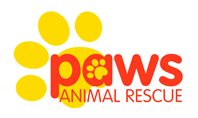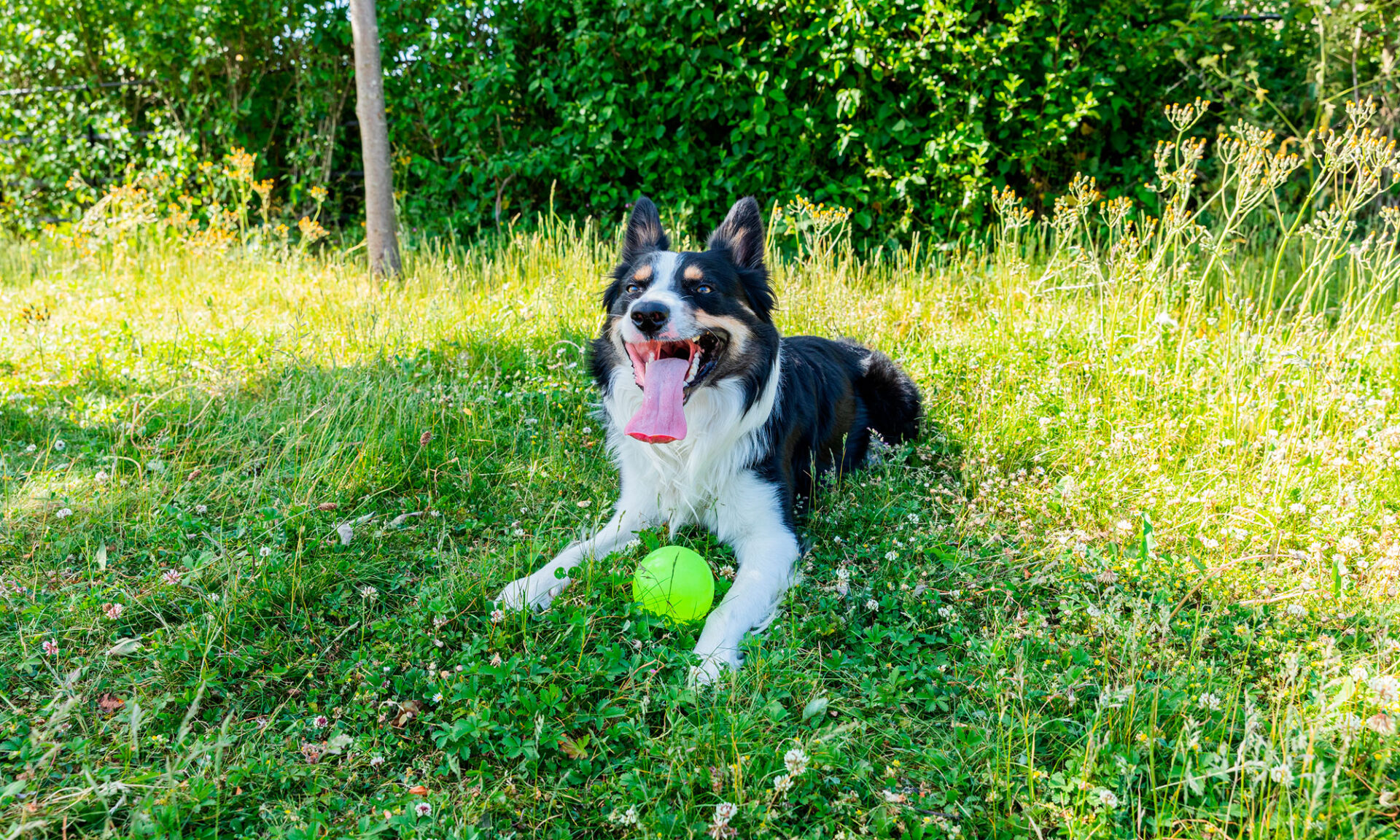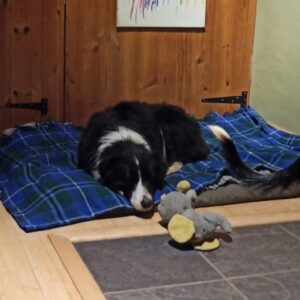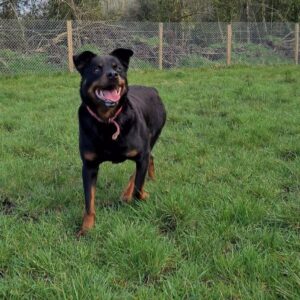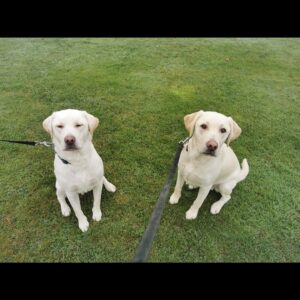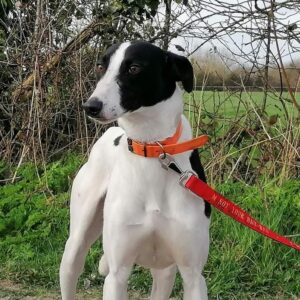The aim of teaching our dogs a release cue when it comes to toys, stolen socks etc. Is to teach the dog that the release cue, for example, “THANK YOU!”, means something rewarding is about to happen. We never want to grab things from our dog has this can be direct way to teach them to get better at keeping items and lead to resource guarding developing. Also, the release cue “thank you” also helps our dogs to develop the cognitive skills as they have to think about their bite inhibition and learn to grab and release, instead of grab and keep.
As puppies, dogs go through a mouthing stage and this can mean grabbing hands, sleeve and pant legs. Our human response tends to be to pull it back from them but pulling against resistance can be highly reinforcing for our dogs and it becomes a tug of war game and actually becomes a habit. To teach and regularly ask for and positively reinforce a release cue teaches our dogs arousal regulation and how to pause play before it gets too rowdy.
The other benefit of teaching a release cue is to teach the dog that their human will ask for a behaviour and will make sure reinforcement is available – this reduces stress by improving predictability and controlability. It also encourages more appropriate toy play between dog and human
How to Condition a “thank you!” cue
Firstly, have a portion of 10-20 tiny treats ready. Hold one or two treats behind your back. Say “thank you!” in an upbeat voice, then move your hand and toss the treats across your dog’s eyeline. It doesn’t matter what your dog is doing, whether they look at you or not, just say “thank you!” and then toss the treats. Repeat ten “thank yous” per session and then take a break.
By practicing this over several sessions you will teach your dog that the phrase “thank you!” means to check the floor for yummy treats. By conditioning this cue reliably, your dog will begin to drop things to search the floor for a treat. With some practice, you can begin to apply your conditioned release cue to play. For many dogs, their favourite game to play is tug and contrary to popular belief playing this game won’t lead to behaviour problems. It actually provides a pretty amazing outlet for a lot of species specific and breed specific behaviours and can be a great way to tire out your dog without doing or moving a whole lot.
Playing tug with lots of pauses with “thank you” allows dogs to learn appropriate play with humans. It also helps form a great human and dog relationship.
